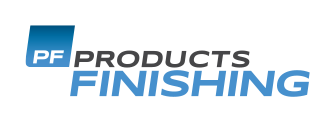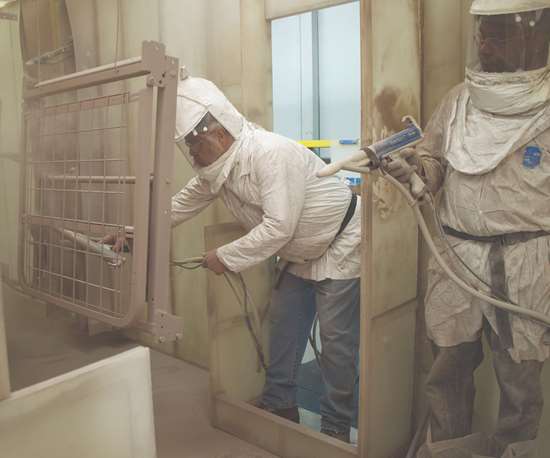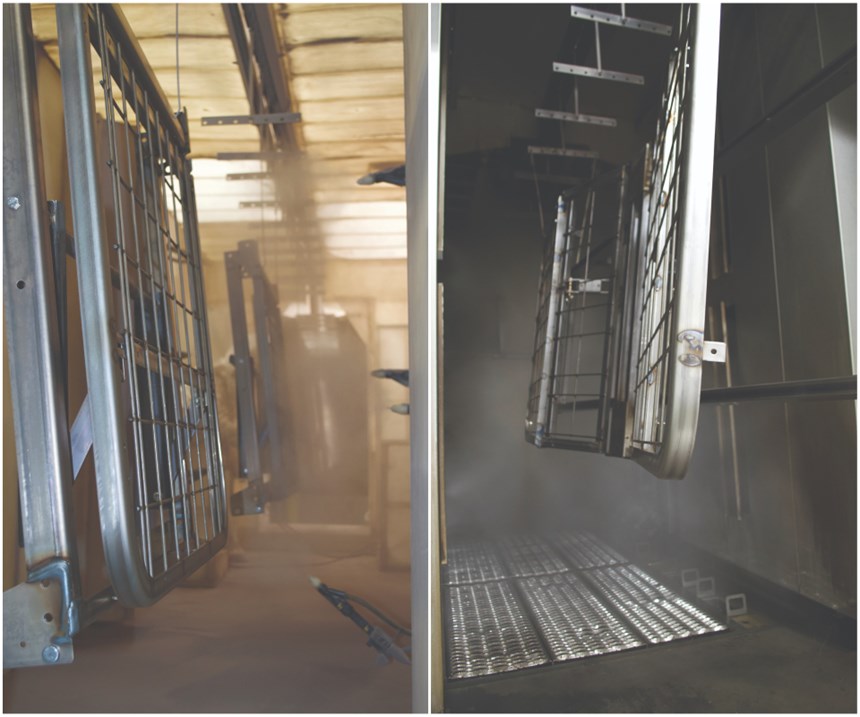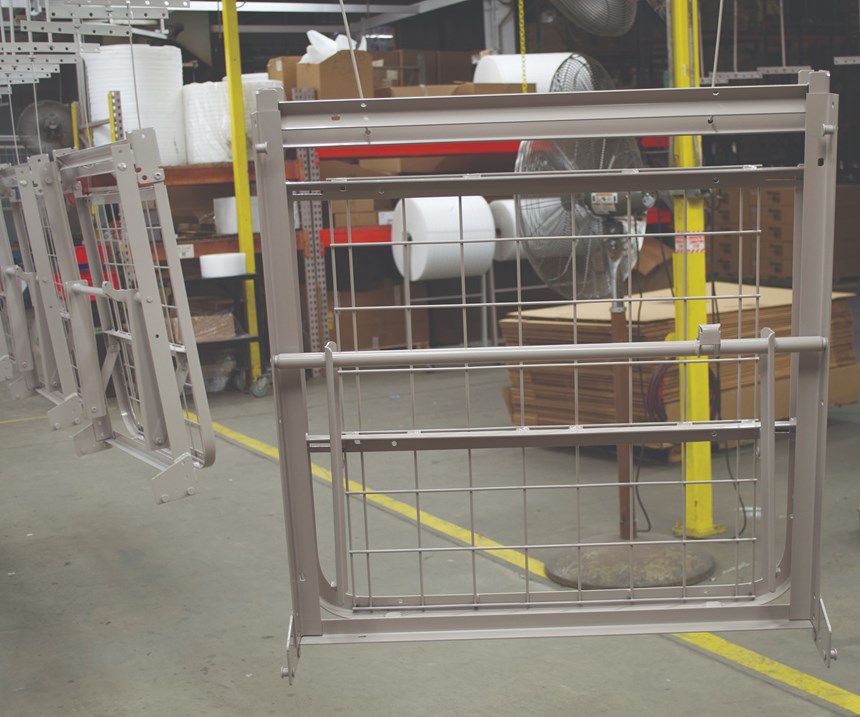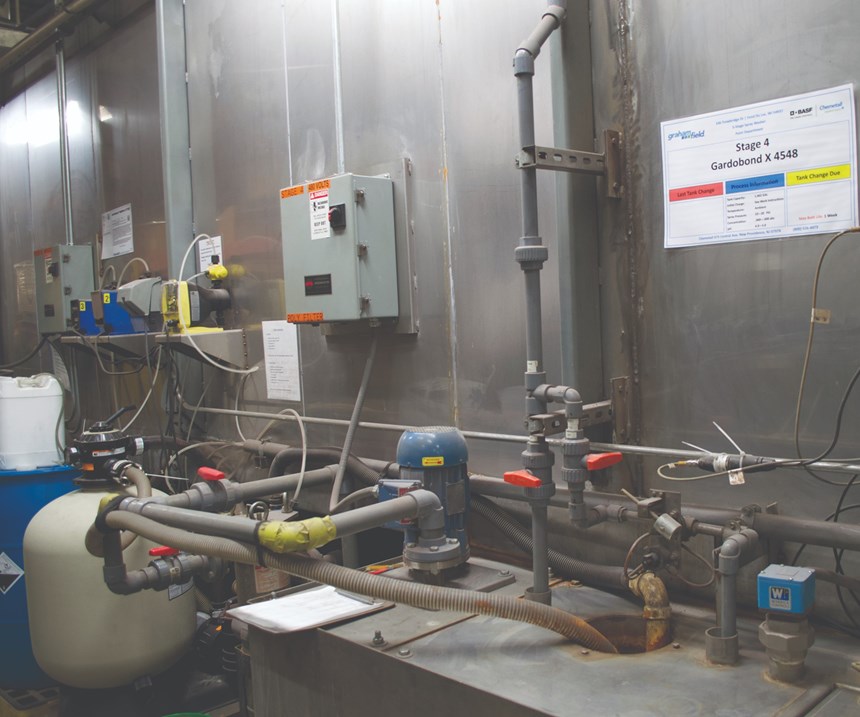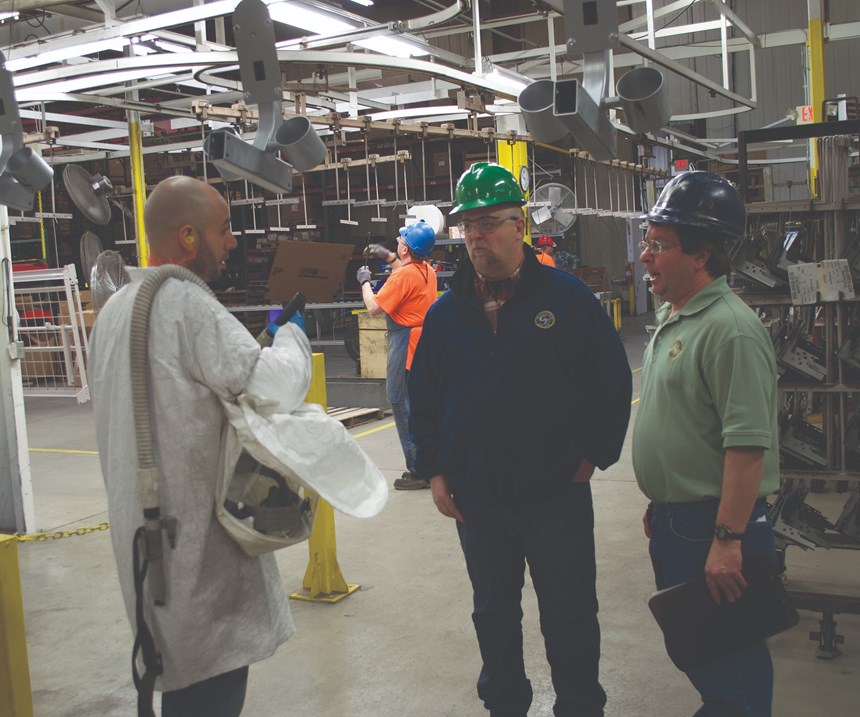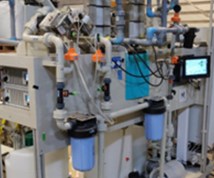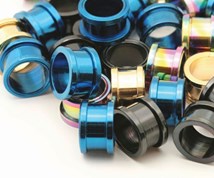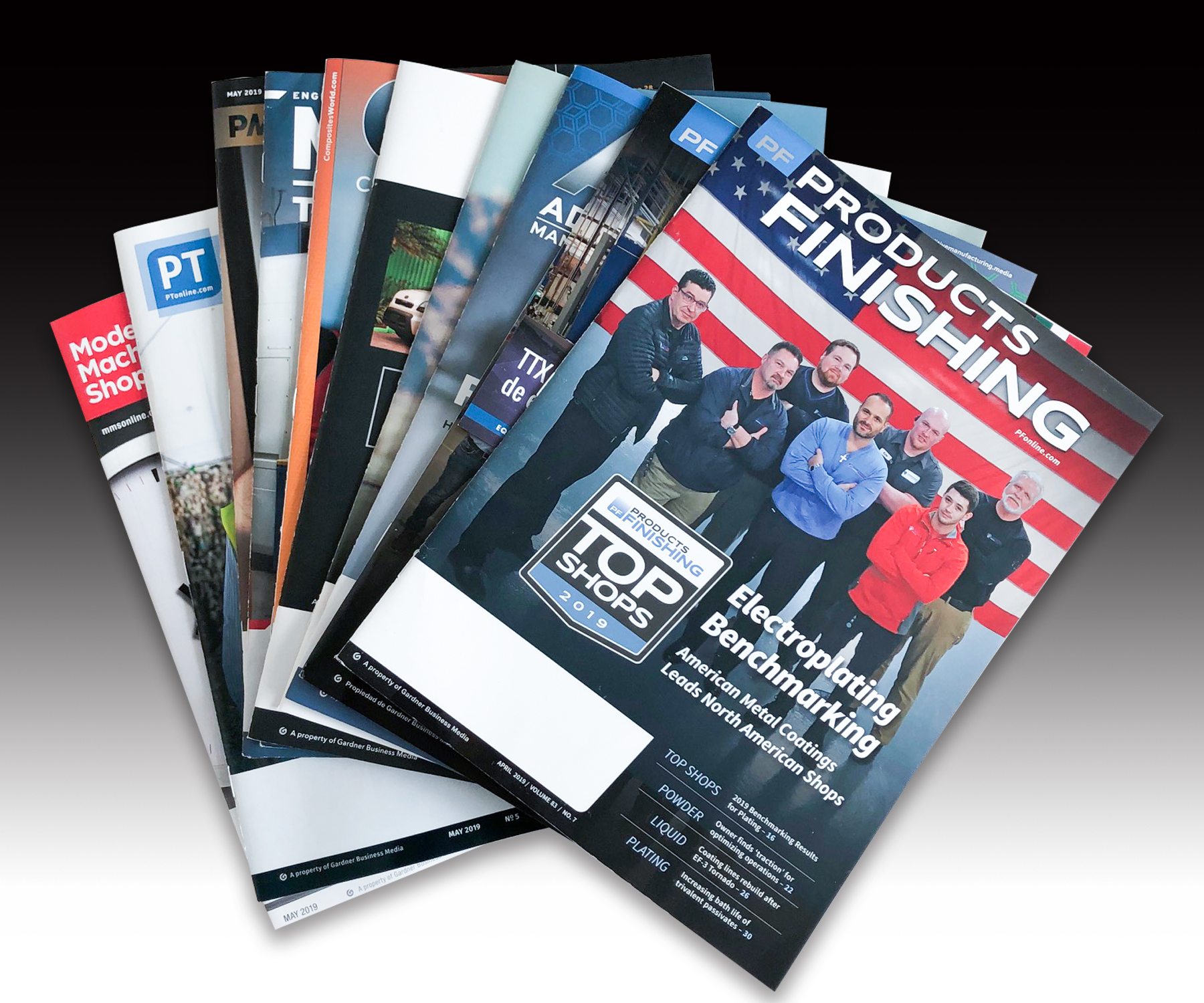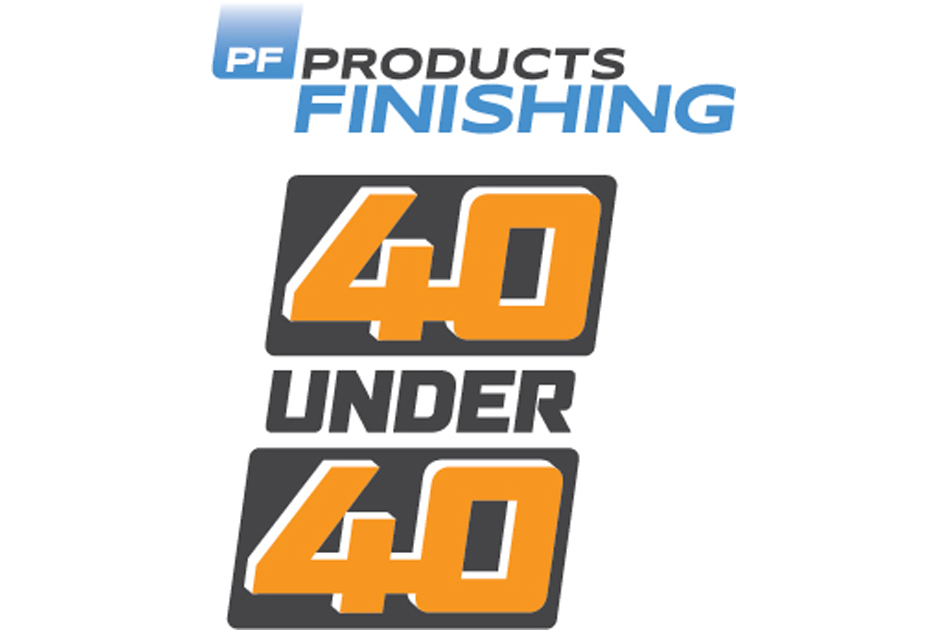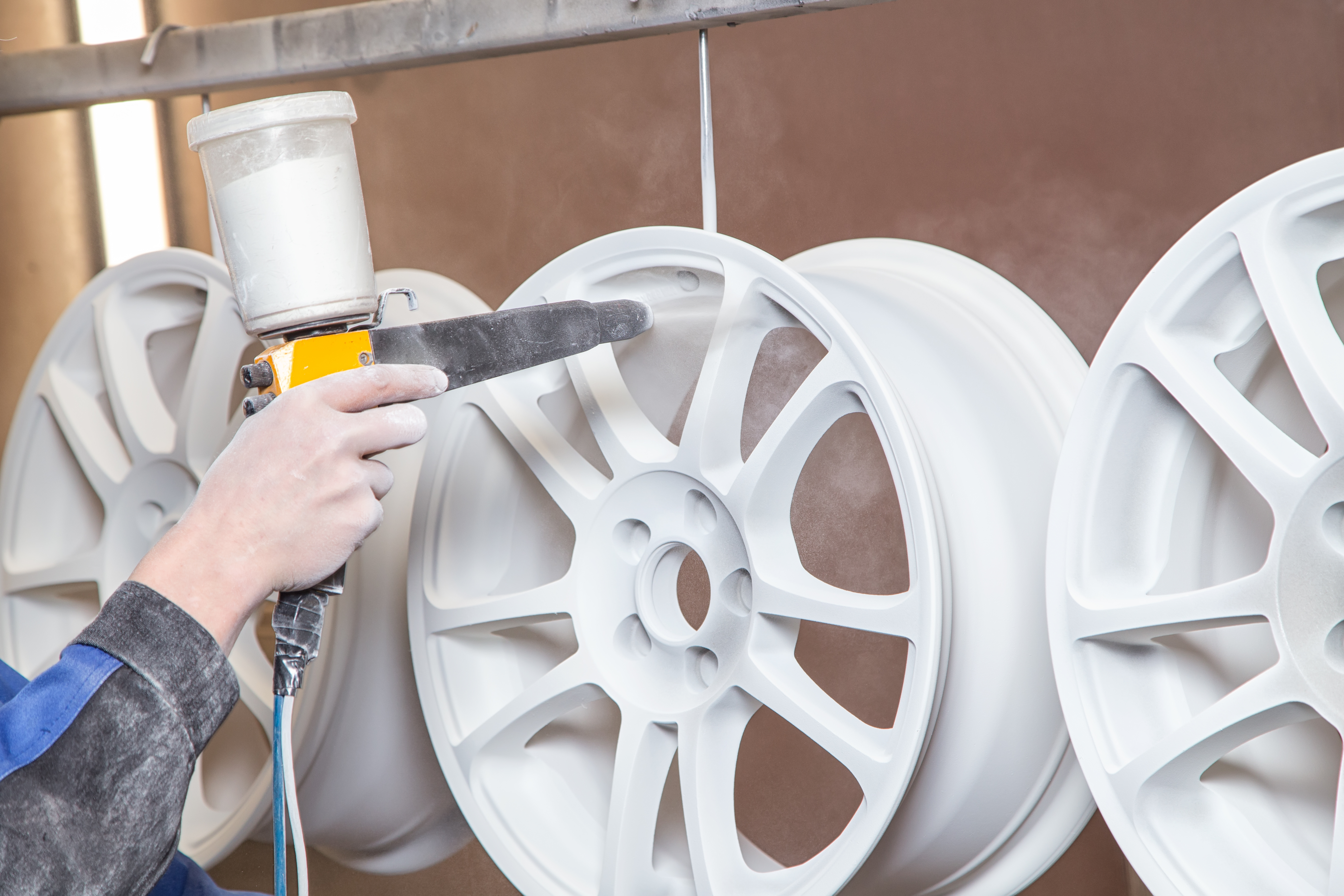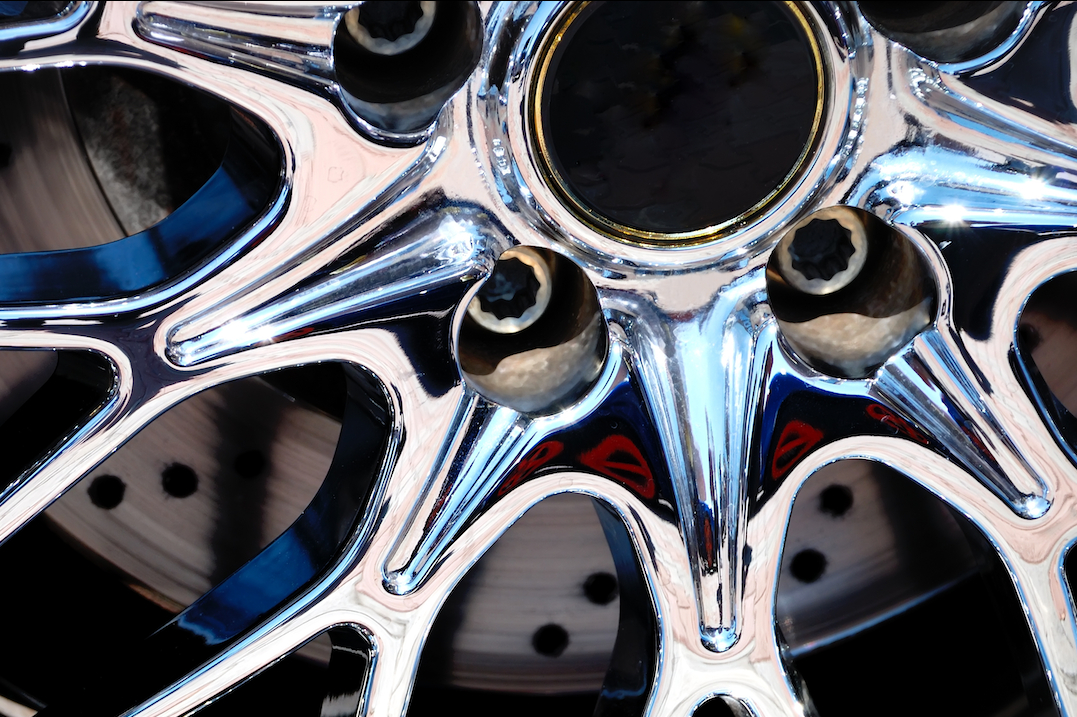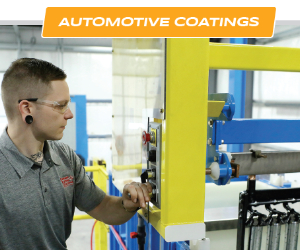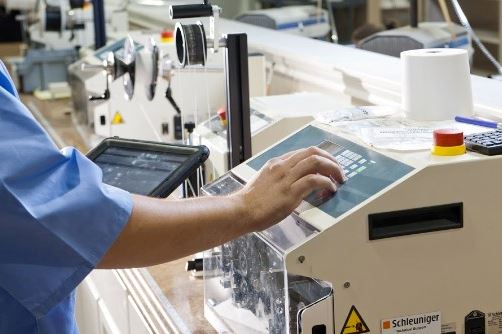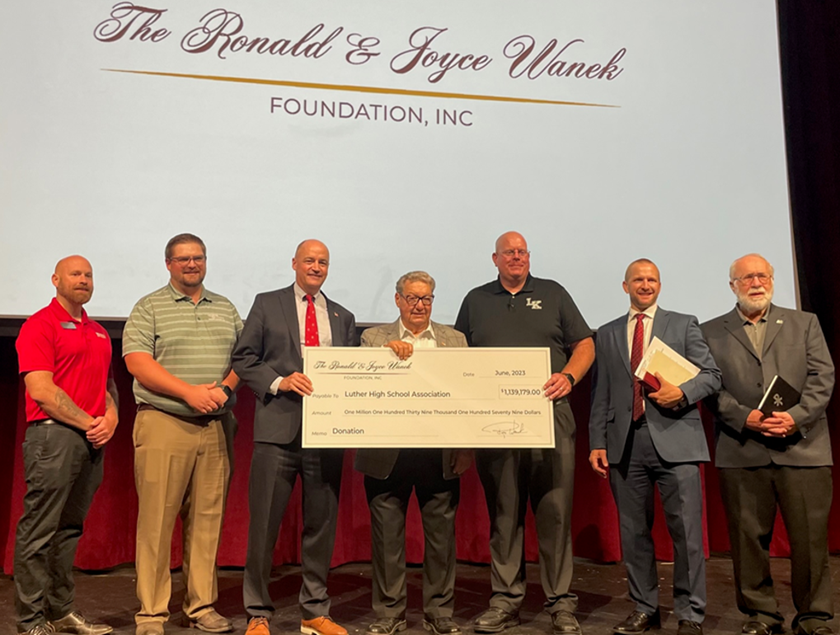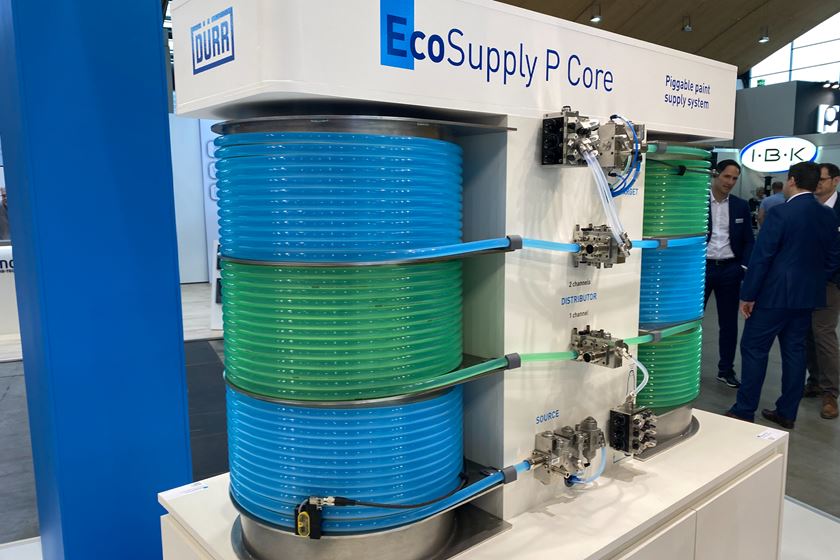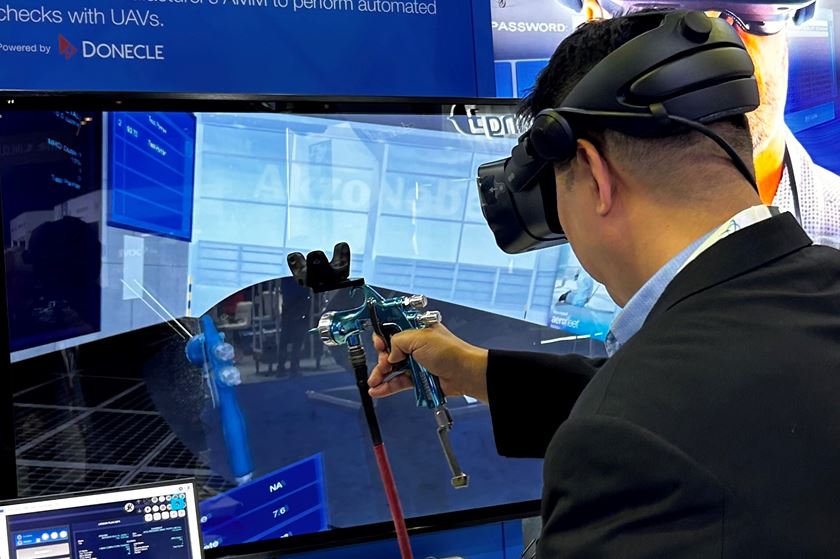If you are painting priority or OEM products, how appropriate is it to use “thin-film” technology in your application process?
That was the question for Basic American Medical Products (BAMP) after it was contracted to coat parts for an outside manufacturer in addition to the medical beds and other health care equipment the Fond du Lac, Wisconsin, company already manufactures.
Featured Content
The iron-phosphate pretreatment used in BAMP’s older system was not conducive to the ever-changing array of custom-formulated powder paints entering the marketplace, forcing the company to talk to its supplier about upgrading the system and making it more environmentally friendly.
“It’s no secret that many municipalities are cracking down on phosphate discharge,” says Norman Berger, BAMP director of operations. “We wanted to be ahead of the game rather than chasing our tail.”
BAMP is a division of Graham-Field Health Products, a major manufacturer of health care products for the acute care, extended care, home care and primary care markets. Headquartered in Atlanta, Georgia, and with more than 300 U.S.-based employees, the Graham-Field family of brands includes BAMP, Everest & Jennings, Grafco, Hausted, John Bunn, Labtron, Lumex and Lumiscope.
BAMP prides itself as being a single source for long-term-care products and services. One of the largest manufacturers of beds in the world, its products are used in health care facilities and homes worldwide, and from design services to patient-room furnishings, the company says it wants its products to be known for their durability and reliability.
Anticipating Discharge Regulations
While Fond du Lac and the county in which it is located do not have rules on phosphorus discharge at this time, it is believed to be only a matter of time before they do, and this sent Berger and his team in search of a suitable replacement several years ago.
“We really wanted to be proactive, and design and install a system without time pressures,” he says.
BAMP was also searching for a solution to improve first-pass-product yield and performance durability. All steel substrates are not created equally, and there can be significant challenges moving between hot-rolled versus cold-rolled steel surfaces.
“In our industry, cleaning is said to be a function of the principles of TACT—time, action, chemistry and temperature,” Berger says. “We need something a little more robust to reduce surface tension for our instance.”
Enter Brian Groubert, an account manager for Chemetall who had been working with BAMP for several years on its pretreatment processes.
Testing the Cleaning Process
Understanding the challenges that accompany powder painting, Groubert identified two primary needs: superior cleanliness of difficult lubricants and temper-hardened cold-rolled steels, and an alternative to the company’s existing phosphate technology, which was no longer a best fit for BAMP’s customer requirements.
“To get coating on the part required higher phosphate coating weights,” he says. “Certain paints, especially those formulated with a metallic base, are not very friendly with the heavy iron phosphate coatings. It was really a Catch-22: You needed significant coating to get the performance, but at the same time, the more coating you put on, the more challenges you get with finish defects.”
Groubert took parts to a local facility that was using one of Chemetall’s newest advanced pretreatments, and the results were exactly what the BAMP team needed.
“Everyone had focused their attention on the cleaning of organics,” Groubert says. “After further investigation, it was evident that the problem was effective wetting of the metal surface. The surface of metals requires proper surface energy to accept a favorable reaction. This is what leaves the aesthetically pleasing or ‘uniform’ coating that everyone is looking for.”
Craig Schoppe, the paint technician who performs all of BAMP’s washer titrations, says the timing of this discovery was perfect. “We were focused on the cleaning issue as the root cause of first-pass-yield failures, and that wasn’t the problem,” he says. “We just couldn’t break the surface tension on certain raw material base metals.”
“The parts were getting cleaned, but it was the surface tension,” Berger adds.
Groubert says the first couple of seconds of the pretreatment stage on metals are critical. “This is where the surface is microscopically etched or ‘activated’” he says. “We needed a product that has far superior surface energy characteristics than earlier generations of advanced pretreatments.
New Thin-Film Technology
While the initial goal was to replace the 30-year-old wash line, the real catalyst for change was the need to improve first-pass yield. Modifications had been made to the line so that it could run thin-film technology almost three years ago, but when BAMP replaced its wash line in 2015, Chemetall introduced its latest improvement in advanced pretreatment chemistry, Gardobond X 4548, a phosphorus-free product that it says is simple to use with multiple substrates and is compatible with both mild steel equipment and tap water. It can be used either as a pretreatment preceded by a separate cleaner, or to both clean and pretreat in the same stage. The product also is flash-rust-resistant, making it more robust and able to tolerate line stops.
Groubert says some users see upwards of 25 percent improvement in accelerated corrosion testing performance.
“I called it a ‘Generation 3’ of the new thin-film technologies,” he says. “The performance is better, and it’s easier to run because it is a single-package product.” The biggest plus for BAMP, he says, is the process consistency that almost all finishing shops are seeking. In fact, he says that was the most important feedback he received from BAMP after it began using Gardobond X 4548.
“Just about everyone involved complimented how the part appearance was improved with this technology,” he says. “There was no flash rust, and the coating was very consistent, which all have a positive effect on the paint finish.”
Berger was impressed with how Gardobond X 4548 has performed consistently, providing superior adhesion on cold rolled steel and the opportunity to increase line speed. He says the company achieved about a 20 percent increase in salt-spray test results, and overall about a 25 percent increase in throughput.
“It effectively treated our parts, was easier to use, was far easier to test and was phosphorus-free,” Berger says. “This was an easy sell for Brian.”
For information on Basic American Medical Products, visit grahamfield.com; for information on Chemetall, visit chemetallna.com.
RELATED CONTENT
-
Functional Trivalent Chromium Electroplating
This paper will discuss recent research work on the development of a functional trivalent chromium plating process from a single, simple-to-control trivalent-based electrolyte to replace hexavalent chromium plating. Hexavalent chromium plating has been used for many years to provide hard, durable coatings with excellent wear and corrosion resistance properties. However, hexavalent chromium baths have come under increasing scrutiny due to the toxic nature of the bath, effects on the environment and worker health. In this work, we are updating accomplishments to achieve properties comparable to existing hexavalent chromium plating for functional applications. Work on achieving desirable thickness, uniformity, adhesion, porosity and corrosion resistance, as well as other material properties, will be discussed.
-
Super Finishing: ‘Micro Machining Process’ Vital To Medical Industry
Using high-precision tools and technologies that smoothes a surface—or even intentionally leaves specific controlled amounts of roughness behind—MMP is unlike any treatment on the finishing market.
-
Expanding Medical Coating Capabilities
One company’s approach to broadening its functional coatings offerings to further serve the medical sector.

